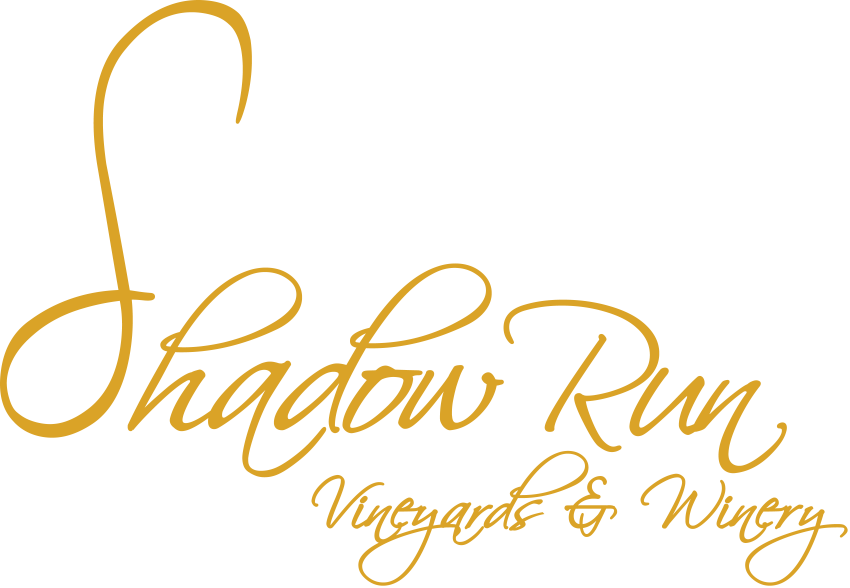Shadow Run's winemaker, Susan Evans
Some of my favorite scenes and sounds from the harvest season include the laughter and banter between the men and women who work in the vineyard. Pruning thousands of grape vines in a week is tedious at best. It is also an art form – I watch an experienced crew complete the precision work required to prune each vine in a minute or two and think of the 1990 fantasy, Edward Scissorhands. Pruning may be tedious, but harvesting grapes is just brutal work. But the sun comes up, the music is lively, and there is always enough energy to work hard, flirt and tease. The laughter in the vineyard is contagious.
Are you surprised to learn that women comprise about one third of our farm crews? The wine industry is strengthened by the inclusion of women in every sector. Our vineyard crews are ably managed by Mindy Allen, a woman who certainly has nerves of steel, evidenced as she organizes crews to meet the competing demands of (sometimes crazed) vineyard owners. Weather drives the growing season and farming crisis seem to happen at the same time, all across the region. “Bud break is early – I need a crew to prune NOW”, “rain is in the forecast, I need the Cab picked NOW”, “the sugars in the grapes are shooting up, I need a harvest crew NOW.” And Mindy has the ability to turn on a dime to direct her troops accordingly. She is also of course, responsible for the safety, the well-being and the salaries of these men and women.
I was working on my master’s degree in viticulture when our vineyard was first planted and didn’t have the hands on experience necessary to manage the vineyard. I learned a lot from my text books, but I learned so much more from our (then) vineyard manager, Hilary Graves. Hilary taught me how to quickly assess, by visual signs, and by the quick touch of hands cupped to leaves, the adequacy of water content in a vineyard. She also taught me how to train a young vine, how to determine grape “ripeness” by taste and seed color, and the most environmentally sound method for eliminating certain pests (shoot them).
As I write this blog, I think of all the women who are involved in and advise us on the one hundred details of our small business from the selection of French oak barrels (hmmmm, medium or light toast, oak from the forests of Vosge or Allier?) to the purchase of wine bottles and labels. The very talented Christina Benson designs our wine labels, is the creator of the Shadow Run logo, and is responsible for all of the Shadow Run art work. We turn to Annamarie Howard of Scott Labs for advice on strains of fermentation yeasts and even bacteria. Bacteria? Yes, a dose of friendly bacteria is sometimes needed in the wine, and the knowledge of when and how much is part of the chemistry of wine making.
Dr. Brenda Baker in her lab.
One of our favorite women in this industry, Dr. Brenda Baker, is a biochemist and owner of Baker Wine and Grape Analysis. Dr. Baker suggests that wine is “a living organism” that can and will change, for better or worse, as it evolves in the barrel or in the bottle. For that reason, winemakers, from novice to rock star, and from all over California’s Central Coast, rely on Dr. Baker to analyze, advise them on that magical potion we call wine. If the Shadow Run family had a dime for every winemaker conversation overheard that started or ended with “Brenda said…” we could buy a lot more new French oak barrels.
In this video Dr. Brenda Baker walks Aaron Hunt (Shadow Run Vineyards) through her lab and introduces him to the amazing technology that she uses to analyze all manner of delightful liquids including wine, grape juice (before it becomes wine), beer and olive oil.
So, when you are sipping on that rich, delicious, perfectly lovely glass of wine, remember the women who managed the vineyard, picked the grapes, understood the chemistry, created the packaging and guided the wine from barrel to bottle to divine!

